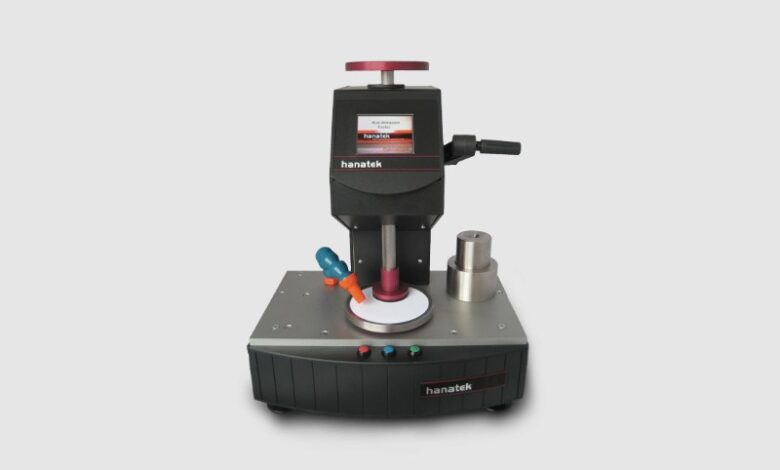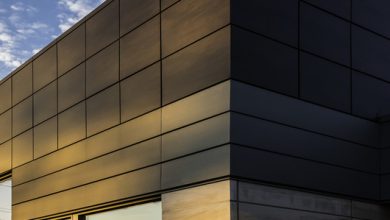
What is Scuff Testing?
Scuff testing evaluates the resistance of a material or coating to abrasion or wear by rubbing it against a specified abrasive surface under controlled conditions. The test results are used to determine the material’s suitability for specific applications, such as flooring, automotive parts, and industrial machinery.
Here are reasons why scuff testing is carried out;
Evaluating the wear resistance of a material: Scuff testing can be used to evaluate the wear resistance of a material, which can help determine how well it will perform in high-wear or abrasive environments. This information can be used to determine the suitability of a material for specific applications, such as automotive and industrial manufacturing. The test results can be used to compare the wear resistance of different materials and improve the design of products to increase their durability and longevity.
Comparing different materials: Scuff testing can be used to compare the wear resistance of different materials. By testing multiple materials under controlled conditions and comparing the results, engineers and designers can determine the most suitable material for a specific application. This can be useful in various industries, such as industrial and automotive manufacturing, where the wear resistance of a material is an important consideration in product design.
Quality control: Scuff testing can be used as part of a quality control process to ensure that materials meet specified wear resistance requirements. By testing materials and comparing the results to established standards, manufacturers can ensure that their products meet the required level of wear resistance. This can help improve the product’s overall quality and increase customer satisfaction.
Improve product design: Scuff testing can be used to identify areas of a product that are prone to wear or abrasion. By testing a product and analyzing the results, engineers and designers can determine which areas of the product are most susceptible to wear and abrasion. This information can be used to improve the product’s design to increase its durability and longevity by making changes such as using more wear-resistant materials, increasing the thickness of the coating, or redesigning certain components. This can help to extend the product’s lifespan and reduce the need for maintenance and repairs.
Predicts the life of the product: Scuff test results can be used to predict the life of the product in which it is applied. By simulating the wear and abrasion the product will experience in its intended use, the test results can estimate the product’s lifespan. This can be useful in determining if the product will last long enough for its intended application. If not, it can help manufacturers to make improvements to the design or materials to increase its durability.
How is Scuff Testing Done?
Scuff testing is typically done by rubbing a sample of the material or coating to be tested against a specified abrasive surface under controlled conditions. The test procedure may vary depending on the specific test method being used, but generally, it involves the following steps:
Preparation: The sample of the material or coating to be tested is prepared according to the test method’s specifications.
Testing: The sample is then placed against the abrasive surface, and a specified load and rubbing motion is applied. The test is usually run for a specific number of cycles or until a specified amount of wear is observed.
Evaluation: After the test, the sample is examined to determine the amount of wear or abrasion that has occurred. This may include visual inspection, measurement of the depth of the wear, or measurement of the loss of material.
Comparison: The test results are then compared to established standards or to the results of tests on other materials to determine the material’s wear resistance or coating.
There are different types of scuff testing methods, each with its specific parameters and procedures, such as the Taber abrasion test, Martindale abrasion test, and so on.
When Do You Need Scuff Testing?
Scuff testing may be needed in a variety of situations, such as:
- When designing new products
- When improving existing products.
- When evaluating materials for specific applications
- When ensuring product quality
- When predicting the life of the product
- When performing product testing
In general, scuff testing is used when the wear resistance of a material or product is an important consideration, and it is necessary to determine how well the material or product will perform under specific conditions.





